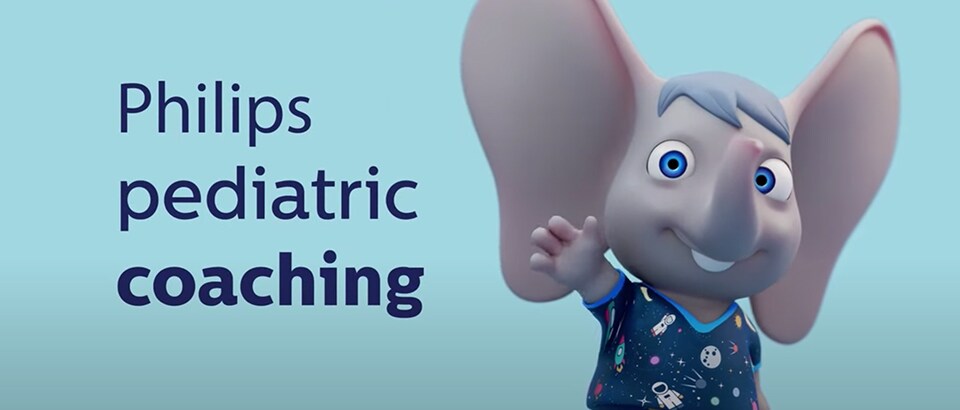Philips Pediatric Coaching
Using active learning to minimize patient anxiety before an MRI scan
Relieving children’s stress and getting better images
Acquiring high quality images in pediatric MRI can be challenging for both radiologists and the child undergoing the scan. Fear of the unfamiliar environment of an MRI system can be stressful for younger children, making them agitated and unable to lie still, which is required for good image quality. As a result, scans are often performed under sedation or general anesthesia, which according to parents, carries disadvantages such as post-scan irritability for the child and concerns of repeated anesthesia exposure. Having to resort to such measures or deal with a conscious but distressed child is challenging for hospital staff, creates anxiety for parents and increases procedure time and costs.
Designing an active learning experience for children
The pediatric coaching app is aimed at children aged 4-8 and starts preparing them for the MRI scan before they go to hospital. It reduces anxiety through active learning so they can be scanned without anesthesia. To prepare for their MRI scan, children are provided with a gamified mobile app that familiarizes them and their parents with an MRI procedure. Many parents are keen to help prepare their child ahead of time, and by playing alongside their child, they can also learn more about the procedure. The app uses augmented reality to allow the child to explore the MRI system at home before entering the hospital. It includes a virtual ‘buddy’ so children can role-play to perform an MRI scan. For example, pretending to be the system operator and helping their buddy to lie still in order to get the best picture. In the radiology department, the same familiar virtual buddy interacts with the child as they play with Philips' newly enhanced 'Kitten Scanner' − an educational scanner that allows children to scan various toy animals and view what's inside each animal for a better understanding of the upcoming procedure. When the child has their scan, their buddy's familiar voice and image are projected onto Philips' Ambient Experience in-bore Connect solution, to guide the child through the scan procedure by coaching them, for example, on when and how to hold their breath. The solution helps ensure the high-quality images needed for an accurate diagnosis of the child's condition are captured.
Designing an active learning experience

Design phase
- Toggle view
End results
- Toggle view
Award-winning creativity


Innovation news and insights
You may also find the following articles interesting
Related pages
Related pages


